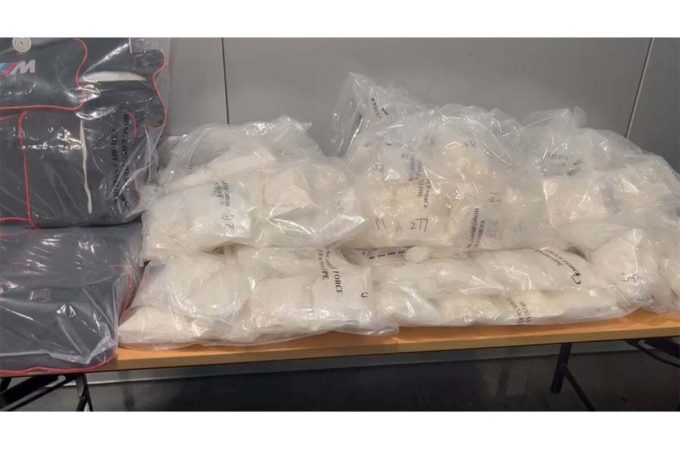Mexican airlines face stiff US restrictions after 'breaching' ATA
Mexican carriers operating to the US are facing a flurry of paperwork and uncertainty after ...

Border forces around the world are warning that despite making more drugs finds at container ports, they cannot know how much illegal trade is getting through.
In the past month, more than 570kg of cocaine has been intercepted at ports in Turkey, ...

Comment on this article